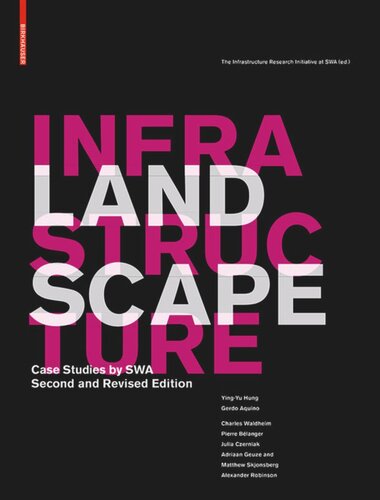

Most ebook files are in PDF format, so you can easily read them using various software such as Foxit Reader or directly on the Google Chrome browser.
Some ebook files are released by publishers in other formats such as .awz, .mobi, .epub, .fb2, etc. You may need to install specific software to read these formats on mobile/PC, such as Calibre.
Please read the tutorial at this link: https://ebookbell.com/faq
We offer FREE conversion to the popular formats you request; however, this may take some time. Therefore, right after payment, please email us, and we will try to provide the service as quickly as possible.
For some exceptional file formats or broken links (if any), please refrain from opening any disputes. Instead, email us first, and we will try to assist within a maximum of 6 hours.
EbookBell Team

0.0
0 reviewsNow available as revised edition: The successful title on integrated ecological landscape planning
Now available as revised edition: The successful title on integrated ecological landscape planning
Infrastructure, as we know it, no longer belongs in the exclusive realm of engineers and transportation planners. In the context of rapidly changing cities and towns, infrastructure is experiencing a paradigm shift where multiple-use programming and the integration of latent ecologies is a primary consideration. Defining contemporary infrastructure requires a multi-disciplinary team of landscape architects, engineers, architects and planners to fully realize the benefits to our cultural and natural systems. This book examines the potential of landscape as infrastructure via essays by notable authors and supporting case studies by SWA landscape architects and urban designers, among them the technologically innovative roof domes for Renzo Piano’s California Academy of Science in San Francisco, the restoration of the Buffalo Bayou in Houston, and several master plans for ecological corridors in China and Korea. Other projects develop smart re-use concepts for railroad tracks that no longer serve their original purpose, such as Kyung-Chun railway in Seoul or Katy Trail in Dallas. All case studies are described extensively with technical diagrams and plans for repositioning infrastructure as a viable medium for addressing issues of ecology, transit, urbanism, performance, and habitat.